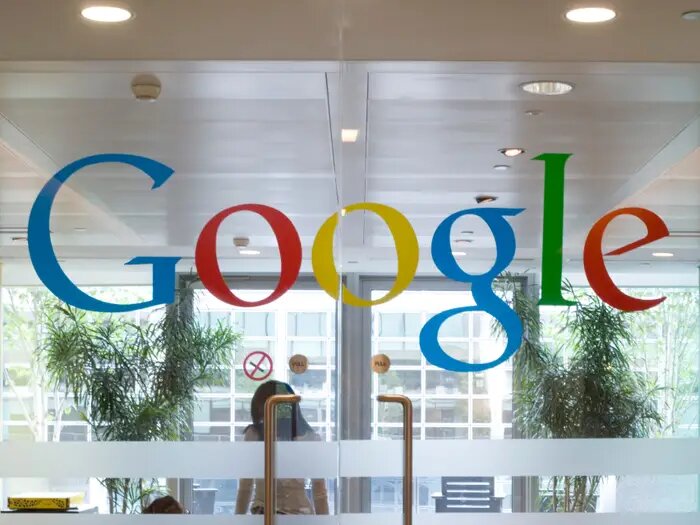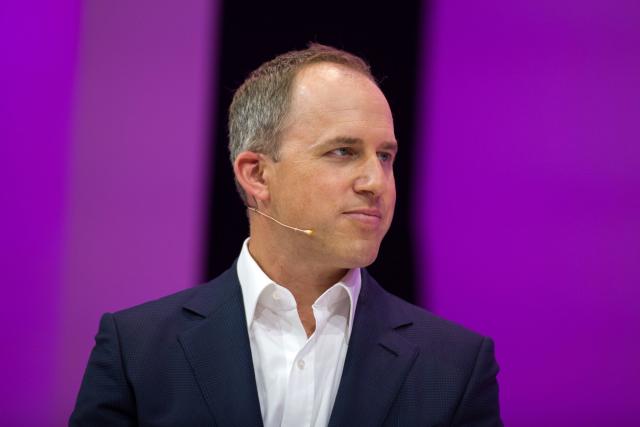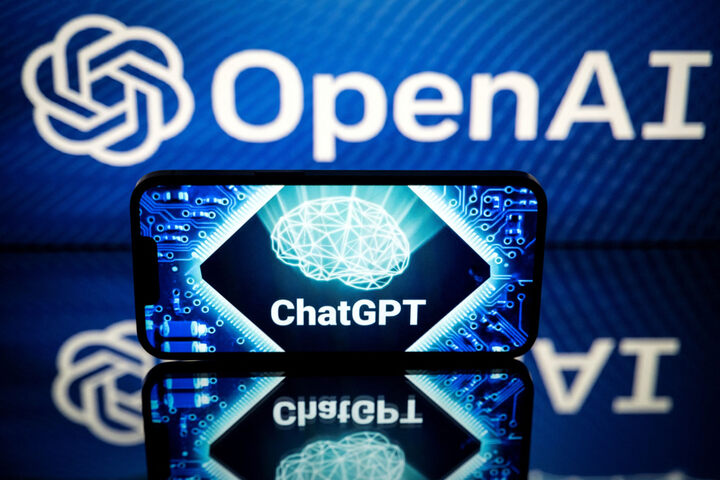Amazon Web Services pairs with Hugging Face to target AI developers
Amazon Web Services (AWS), Amazon corporation’s cloud computing wing, announced on Tuesday that it is cooperating with development company Hugging Face which is a software development center, to simplify the process to carry out ai technology (AI) work in Amazon’s cloud.

Whereas the latest generative AI solutions from Microsoft Corporation as well as Alphabet Corp’s Google have caught the public’s attention, technology companies including AWS are competing behind the sights to provide the services and tools that software engineers will require in order to incorporate nearly the same technology into their own goods.
Microsoft has well announced recently a multi-year collaboration with OpenAI to advance Abilities.
Google’s response to ChatGPT is an AI chatbot called Bard.
Also Read: Google Chrome rolls out long-awaited battery-saving features
At the moment, Bard has reached the final stages of testing and therefore is scheduled for release by the end of the month of February 2023.
AWS, the world’s largest cloud computing provider, already provides tools to assist programmers in developing AI-based applications, ranging from specialized computing chips for raining AI algorithms on enormous quantities of information at a cheaper price than competitors to facilities that decrease the time required to generate a chatbot or even other AI products.
AWS announced on Tuesday it was going to collaborate with Hugging Face which is a company based in New York that has grown into a central internet location for AI developers to exchange open-source code as well as models.
Hugging Face’s CEO, Clem Delangue, stated that although the agreement is not exclusive, the business is collaborating closely with AWS to make it simple for devs to take code from the site & operate it on the AWS cloud.
“For this product collaboration, we’re dedicating significant engineering resources to build our shared products,” Delangue told Reuters in an interview.
Source: dcfx.com
Clem Delangue also stated that the forthcoming generation of Bloom which is an open-source AI prototype that currently operates in terms of size as well as scope with the model used by Microsoft-powered OpenAI to develop ChatGPT will operate on Trainium, an AWS-developed specialized artificial intelligence chip.
Also Read: Meta Launches Subscription Service for Facebook and Instagram
Swami Sivasubramanian who is the AWS vice president of database, analytics, as well as machine learning, affirms Trainium could indeed assist devs to focus on saving money as AI consumes so much computing power, as well as AWS desires to make it easier for devs to embrace them.
“We want to make sure they have access to our silicon and networking innovations,” Sivasubramanian told Reuters.
Source: dcfx.com

I am a student pursuing my bachelor’s in information technology. I have a interest in writing so, I am working a freelance content writer because I enjoy writing. I also write poetries. I believe in the quote by anne frank “paper has more patience than person





